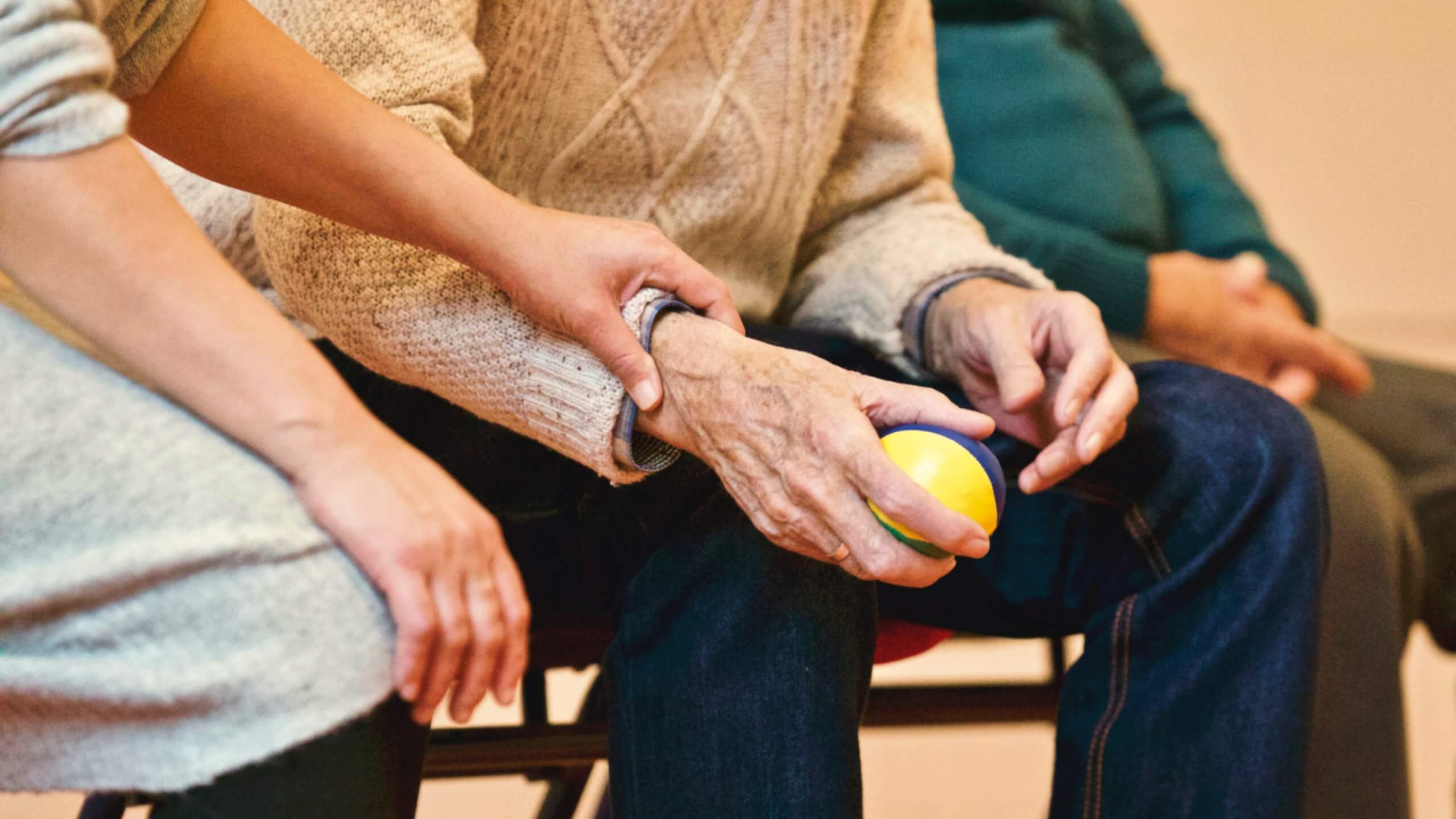Aug
08
2018
7 Common Myths About Hospice
By Monisha Pujari, MD
If you’ve had a loved one on hospice care or not, we’ve all heard myths about hospice. From the age requirements to the location. Did you know more than 1.65 million Americans and their families receive hospice care annually? Hospice care comes with a lot of misconceptions but Dr. Pujari is debunking 7 common myths about hospice.
Myth # 1 – There is an age requirement for hospice
Hospice is for anyone with a terminal prognosis, from young to old. While most patients are on hospice through the Medicare hospice benefit, younger patients may be on through individual insurance. According to the National Hospice and Palliative Care Organization,about 35% of Medicare hospice patients in the United States are under the age of 80. Hospice welcomes anyone who qualifies and needs their support.
Myth # 2 – Hospice is only for when you’re actively dying
Hospice is for when you’re terminally ill, in 2016, more Medicare hospice patients had a principal diagnosis of cancer than any other disease. To qualify for hospice, you must be certified by two physicians, an attending physician and the hospice physician. This certification states that you have six months or less to live. You may live longer than six months and may continue to need hospice, but this certification is to justify to Medicare that you are ready to come on board.
Myth #3 – Hospice treatment is giving up
Hospice treatment can be very aggressive – in terms of providing comfort. The goal is not to prolong life at all cost but to provide the best quality of life possible for as long as one has left to live. Interestingly, as there are many medications and modalities to provide comfort, choosing comfort care can often provide much more meaningful management at the end of life than aggressive, symptom-ridden care.
Myth #4 – You can’t come off hospice
You most certainly can come on and off hospice. In fact, in 2016, 6.6% of patients were no longer terminally ill therefore discharged from hospice. However, as hospice is a philosophical choice, it isn’t good to sway back and forth between aggressive and comfort care. If you start hospice and then improve you may come off hospice. If you choose more aggressive care hospice might not be the right fit. While on hospice, you can also seek treatment for conditions unrelated to that for which you are on hospice. For example, if you are on hospice for end-stage congestive heart failure and need treatment for your gallbladder, you are not prevented from receiving this treatment.
Myth # 5 – You must be a Do-Not-Resuscitate/Do-Not-Intubate to come on service
We want to bring you on service, we’d like nothing better. While choosing to be a do-not-resuscitate/do-not-intubate (DNR/DNI) is more in line with the hospice philosophy, it is not mandatory for joining. We can work with you to help you understand why undergoing a code may not ultimately be in your best interest when you are terminally ill. But you don’t have to rush your acceptance to come on board.
Myth #6 – Hospice is a place
Although inpatient facilities exist, in reality, hospice is an agglomeration of terrific services. Hospice helps terminal patients achieve symptom relief and peace with the dying process. With different levels of care, hospice services can be provided in the home, assisted living facilities, nursing homes or in a hospice inpatient facility. Routine home care and continuous home care can be provided at home while respite care and general inpatient care can be provided in an inpatient facility.
Myth # 7 – Hospice is scary
When people think of hospice they think of dying. But hospice isn’t dying; it’s the antidote to the fear which dying inspires. Hospice is in place to take the edge off our primal fear of dying, and indeed, dying without hospice in place may be the more daunting and overwhelming prospect. Hospice, when implemented fully, strives to alleviate the fear we all have of our impending mortality.
Dr. Pujari is a practicing Hospice and Palliative Care physician who enjoys writing about the varied facets of palliative care.


